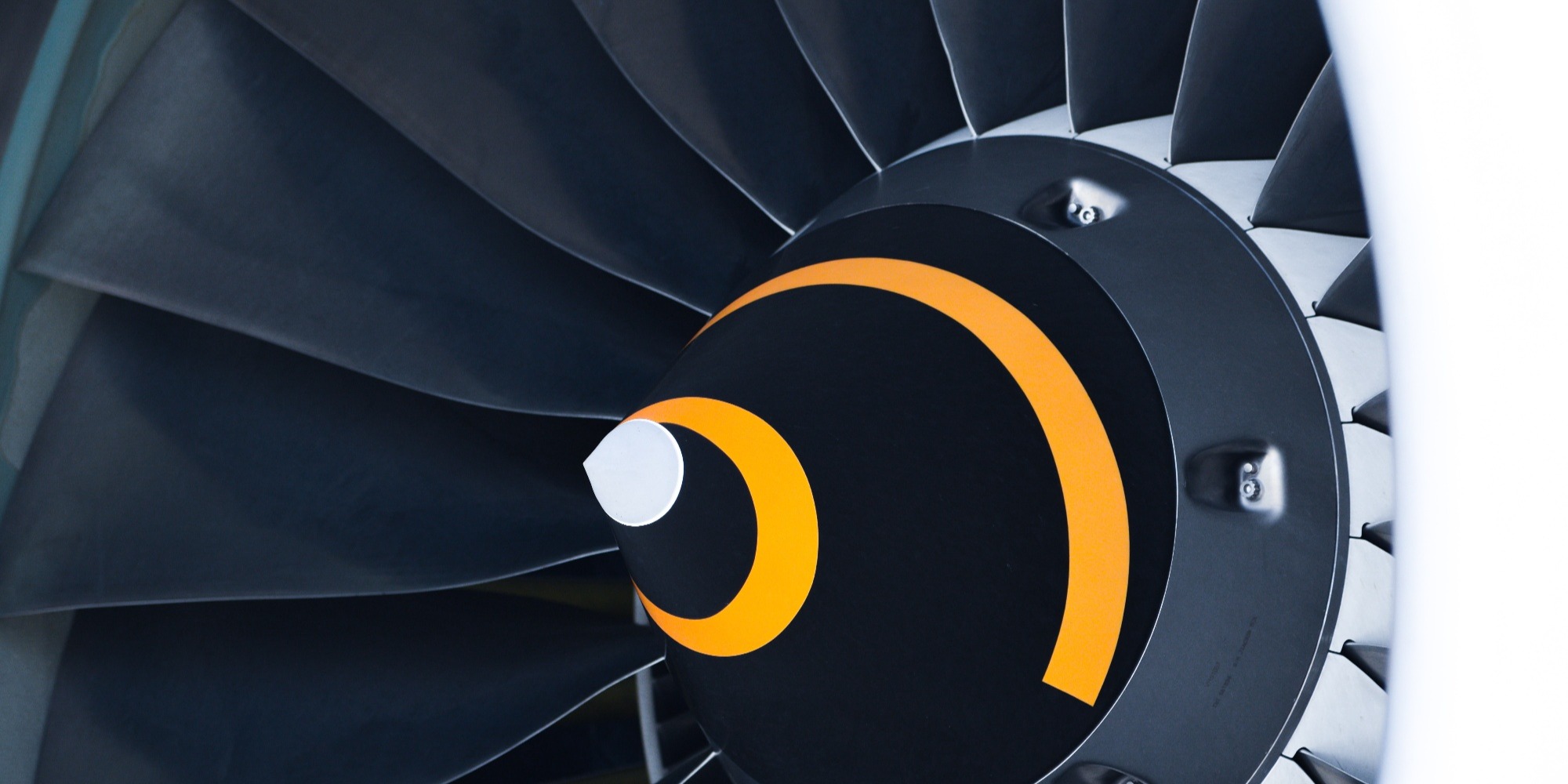Measuring What Matters: AI Adoption
You’ve invested in AI. The models are live. The tools are ready. But adoption is lagging. Why?Because AI adoption isn’t...
|
CONSTRUCTION & REAL ESTATE
|
 |
|
Discover how crafting a robust AI data strategy identifies high-value opportunities. Learn how Ryan Companies used AI to enhance efficiency and innovation.
|
| Read the Case Study ⇢ |
|
LEGAL SERVICES
|
 |
|
Discover how a global law firm uses intelligent automation to enhance client services. Learn how AI improves efficiency, document processing, and client satisfaction.
|
| Read the Case Study ⇢ |
|
HEALTHCARE
|
 |
|
A startup in digital health trained a risk model to open up a robust, precise, and scalable processing pipeline so providers could move faster, and patients could move with confidence after spinal surgery.
|
| Read the Case Study ⇢ |
|
LEGAL SERVICES
|
 |
|
Learn how Synaptiq helped a law firm cut down on administrative hours during a document migration project.
|
| Read the Case Study ⇢ |
|
GOVERNMENT/LEGAL SERVICES
|
 |
|
Learn how Synaptiq helped a government law firm build an AI product to streamline client experiences.
|
| Read the Case Study ⇢ |
 |
|
Mushrooms, Goats, and Machine Learning: What do they all have in common? You may never know unless you get started exploring the fundamentals of Machine Learning with Dr. Tim Oates, Synaptiq's Chief Data Scientist. You can read and visualize his new book in Python, tinker with inputs, and practice machine learning techniques for free. |
| Start Chapter 1 Now ⇢ |

Technology innovation has always been the currency of success in the aviation and aerospace industry, whose consumers have an insatiable appetite for greater efficiency at lower costs. So, it’s no surprise that the industry is a leader in artificial intelligence (AI) investment. [1]
EXPERTS PREDICT THE AI IN AVIATION MARKET WILL EXHIBIT A REMARKABLE CAGR OF 46.3% By 2029
Aviation and aerospace businesses have much to gain from embracing “smart” technology — not to mention much to lose by failing to innovate. Southwest Airlines’ recent meltdown (blamed on outdated flight scheduling software) tells a cautionary tale: update, modernize, or fail.
This blog post covers three promising applications of AI for aviation and aerospace: computer vision, predictive analytics, and intelligent document processing. We discuss function, advantages over “traditional” methods, and existing use cases for each application.
Computer vision is a field of AI that deals with enabling computers to interpret and understand visual information from the world, like images and videos. In the aviation and aerospace industry, computer vision applications are already used to accelerate and automate various tasks.
One example is Searide Technologies’ AI platform, Aimee, which simplifies the process of training artificial neural networks with large, complex data sets. [2] London Heathrow International Airport — the UK's busiest airport — uses Aimee as part of a computer vision-based system to replace air traffic controller views of the runway when inclement weather impedes visibility.
Another example is Syntech ONE®: an AI platform that integrates with airport X-ray machines. Syntech ONE® uses computer vision to detect security threats with greater accuracy and lower operational costs than human luggage inspectors. The developers claim it has already processed over 6,000,000 bags worldwide. [3]
An unexplored but promising opportunity to leverage computer vision is “smart” autopilot. In the future, computer vision could allow aircraft could to “see” and alert pilots to airborne obstacles, like birds. It could even allow aircraft to avoid obstacles when pilots are incapacitated.
Earlier this year, “both pilots of an Ethiopian Airlines flight reportedly fell asleep in flight and only woke up after an alarm from the autopilot disconnection,” according to the “World’s Most Followed Aviation Blogger,” Sam Chui. [4] What if predictive analytics had allowed the autopilot to alert the pilots or land the plane automatically instead? That hypothetical could soon become reality.
*The
Predictive analytics is a branch of AI that uses historical data, machine learning algorithms, and statistical models to identify patterns and predict future outcomes. Several major airlines rely on predictive analytics to optimize aircraft maintenance, flight scheduling, and flight routing.
One example of the use of predictive analytics in the aviation and aerospace industry is Collins Aerospace’s Collins Ascentia: a proactive aircraft maintenance program that relies on predictive analytics to prevent equipment failure before it happens. According to Collins Aerospace, the program has decreased delays and cancellations related to aircraft components and systems by 30 percent since its implementation. [5]
Another example is Alaskan Airlines' AI-driven routing program, Flyways. Flyways considers weather conditions, aircraft weight, and other factors to determine the optimal flight route. During a six-month pilot program, it shorted flights by five minutes, on average — saving Alaska Airlines the cost of 480 thousand gallons of jet fuel. [6]
The head of corporate development at Alaskan Airlines, Pasha Saleh, told ABC News:
FLYWAYS IS PROBABLY THE MOST EXCITING THING THAT I’VE COME ACROSS IN AIRLINE TECHNOLOGY
FlyAways’ pilot program saved more than money; since one gallon of jet fuel produces about 21 pounds of CO2, it saved more than 10 million pounds of carbon emissions from the atmosphere. [7] It begs the question: Could predictive analytics help commercial aviation, a notoriously carbon-heavy business model, transition toward a carbon-neutral future? From what we already know, it can certainly help commercial airlines accelerate climate-friendly innovation. A paper from Selçuk University technology experts suggests that airlines can use predictive analytics to accurately and safely model the effects of sustainable technology, like alternative jet fuels. [8]
Editor-in-Chief of aviation news platform The Air Current, Jon Ostrower, shared on Twitter:
A GOAL OF 3 BILLION GALLONS OF SUSTAINABLE AVIATION FUEL BY 2030 IS ABOUT 15-20% of U.S. AIRLINE CONSUMPTION
Intelligent Document Processing is a technology that uses artificial intelligence to extract information from documents and convert it into structured, machine-readable data. It’s used in aviation and aerospace to process flight plans, pilot logbooks, maintenance records, and more.
One example is IBML’s solution to digitize printed airline tickets. Susheel John, Vice President of Marketing and Strategy at IBML, says the solution “makes it easier to centralize data and develop meaningful analytic insights into operations.” Document digitization can help airlines generate useful data sets, store records in a non-perishable format, and protect confidential data. [9]
Existing case studies show that aviation and aerospace lead artificial intelligence investment for good reason. Applications such as computer vision, predictive analytics, and intelligent document processing offer significant benefits over traditional methods and have already been successfully implemented. As technology continues to evolve, it's clear that AI adoption will play a crucial role in determining whether established aviation and aerospace businesses keep their competitive edge or find themselves on the shelf beside the Wright Flyer.
Photo by Luka Slapnicar on Unsplash
Synaptiq is an AI and data science consultancy based in Portland, Oregon. We collaborate with our clients to develop human-centered products and solutions. We uphold a strong commitment to ethics and innovation.
Contact us if you have a problem to solve, a process to refine, or a question to ask.
You can learn more about our story through our past projects, blog, or podcast.
You’ve invested in AI. The models are live. The tools are ready. But adoption is lagging. Why?Because AI adoption isn’t...
December 5, 2025
For three years, AI went from a talking point to a reckless boardroom obsession. Leaders bypassed caution,...
November 25, 2025
You launched the AI model. The dashboards went live. And… nothing changed. The same meetings.The same decisions.The...
November 18, 2025